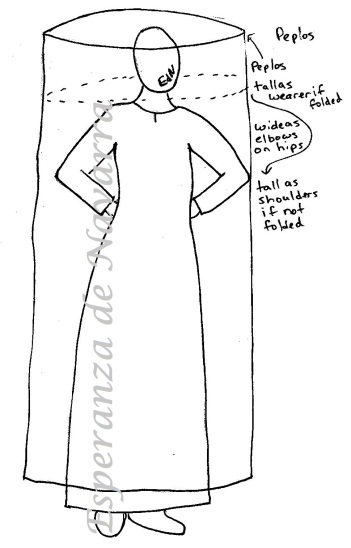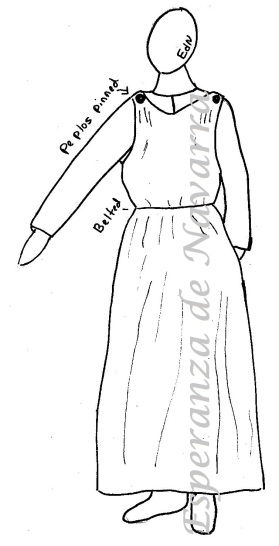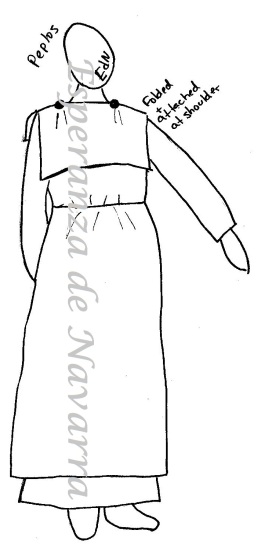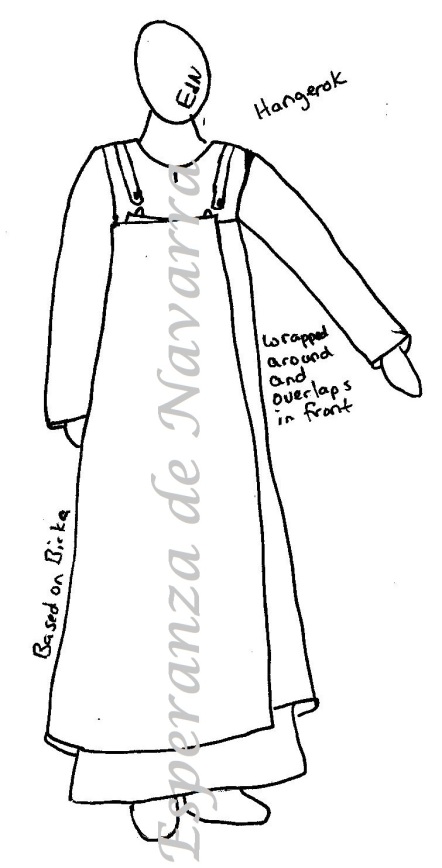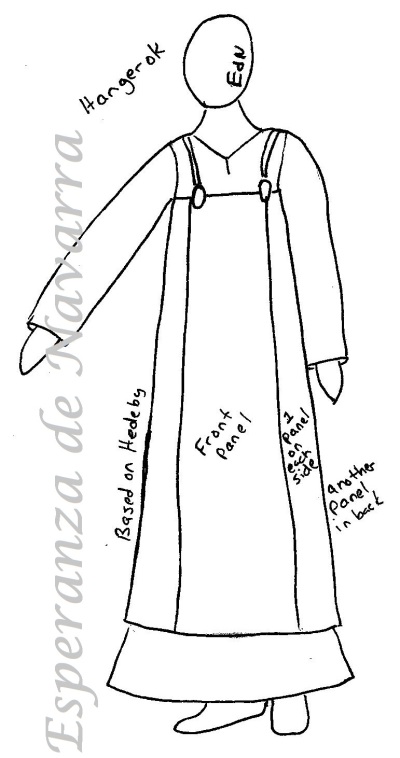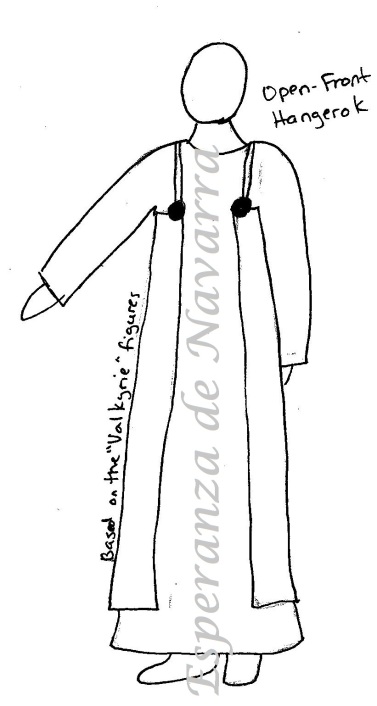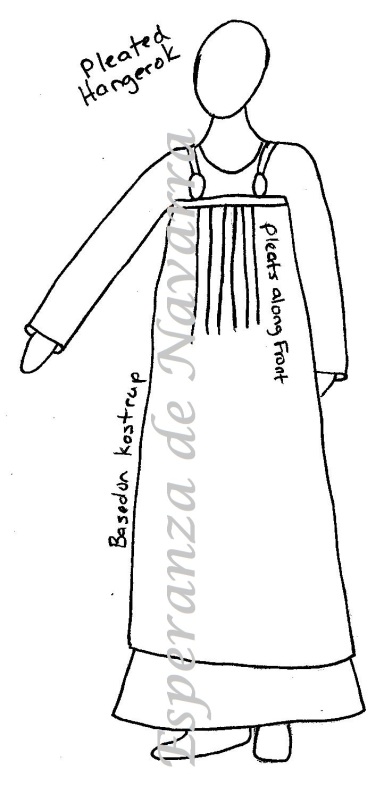Accessories for Men
An introduction to common accessories found in Viking graves to help the reenactor put together a kit to look more like a Viking.
The drawings are my own – please do not scan or upload to the internet. Copies made for educational purposes, such as classes, can be as long as credit is given and my contact information is added. Feel free to email me for questions, corrections or comments.

Hat tip:
Hat tip: There is no doubt that Vikings loved to bling things up, including the ends of their caps. These hat tips were cone shaped metal ends that were often elaborately decorated. They were found in both the western areas, such as Birka, as well as the eastern or Rus regions.
Pennanular Brooches:
Pennanular Brooches were used to pin cloaks near the shoulder, a style that makes it easier to reach a weapon or gear. Cloak pins were sturdy, often a large pennanular (horseshoe with a sharp nail) or annular (circle with a sharp nail) brooch. Other brooches are fine as long as they have a sturdy pin.
Thor’s Hammer:
Thor’s Hammer, or Mjølnir, was often shaped like an upside-down cross. They could have animal heads on the bottom or be plain hammer-shaped.
Arm Ring:
Arm Ring are thought of as signs of status and wealth, arm rings and a common Viking grave find. These ranged in a variety from elaborate, animal headed small torqs to simple twisted and coiled wire spiraling around the arm.
Belt Accoutrements
Buckle:
Buckle: Vikings had buckles, not rings, which held their belts together. These were often elaborate in design and very sturdy in construction, but rarely were larger than able to accommodate a 1 inch belt.
Belt Studs:
Belt Studs, also called belt plaques, were metal affixed to the belt with studded backs. Common in Viking-age graves, a single set did not always perfectly match but were similar and had a common element. The idea of a consistent and matching “set” is modern.
Belt Tips:
Belt Tips increase the Viking flavor of your outfit, even if you can not find belt studs. These metal tips often matched the buckle, not the studs, in design.
Belt Pouch hardware:
Belt Pouch hardware, including buckles and leather studs, are a common Viking grave-find. Some whole pouches, such as the Birka pouch, can be used as a pattern. These pouches had leather loops in the back that allowed them to slide easily onto the belt.
Seax:
Seax: Rarely do we find an adult male Viking grave without a weapon. Even most female graves contain weapons. The seax is a common Viking knife, which often hung horizontally by using metal rings and leather straps rather than vertically, like a modern knife sheath.
Winingas Hooks:
Winingas Hooks answer the question of how a Viking man kept his leg wraps on. These small, metal, triangular shaped hook tags were sewn onto the leg-wraps using small holes near the flat edge. They are almost always found in matching pairs.
Where to Find Accessories?
Other than waiting for large events, such as Pennsic or Gulf Wars, the internet is the place to find Viking accessories.
There are a few good shop in the U.S.:
Crafty Celts http://www.craftycelts.com/
Raymond’s Quiet Press http://quietpress.com/
Also look to Europe.
Etsy (www.etsy.com) has great European vendors.
My favorites are (in no particular order):
Other European Shops:
If using Chrome to see these sites, you can right click to translate to English. And most of them take PayPal! ~~~ Enjoy! Esperanza










